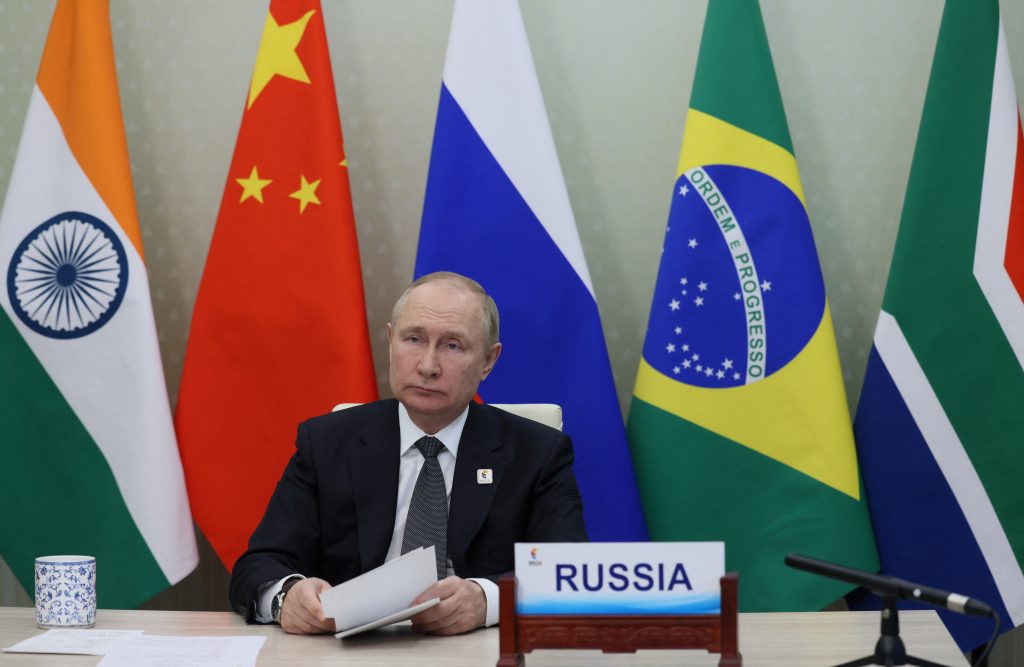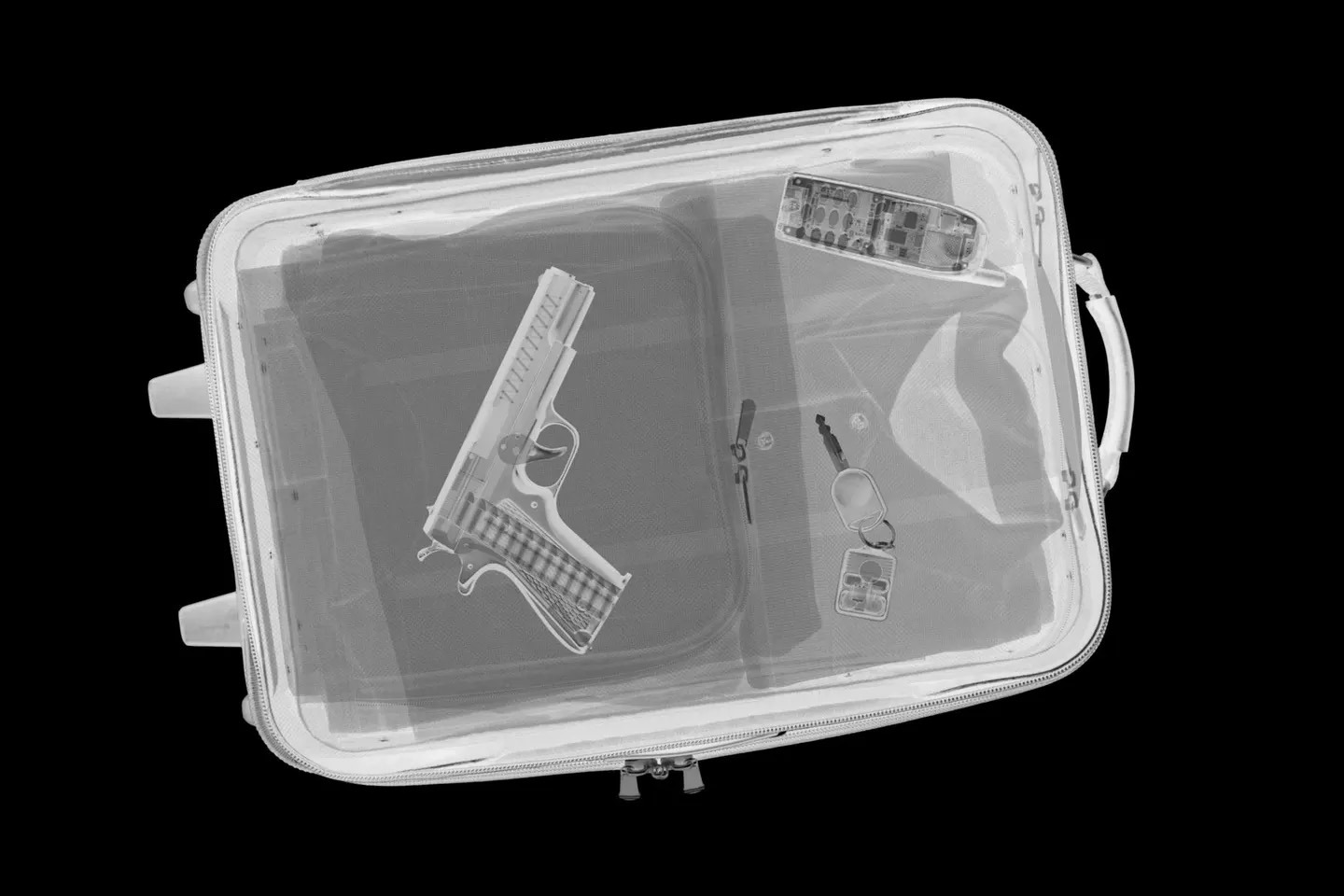The Biggest Losers in the 2022 Global Stock Rout
Much like in the United States, overseas stock listings have underperformed in 2022, with the Russian market so far posting the largest losses

American stocks hit a wall in 2022, and top it off, have entered a bear market.
All three of the major American stock market indices—the S&P 500, the Nasdaq 100 and the Russell 2000—have corrected by at least 20%, which is the traditional threshold for a bear market.
The American stock market isn’t alone, as overseas listings have also suffered in 2022. The data below highlights how most of the world’s largest stock markets have underperformed so far this year:
- Russia (MOEX), -37%
- South Korea (KOSPI), -26%
- United States (S&P 500), -23%
- France (CAC 40), -20%
- Germany (DAX), -17%
- India (SENSEX), -12%
- Australia (ASX 200), -12%
- Japan (NIKKEI 225), -11%
- China, (SSE Composite), -9%
- Brazil (BOVESPA), -4%
Considering the world’s current geopolitical landscape, it’s no surprise to see that Russian stocks have significantly underperformed in 2022. Due to the ongoing war in Ukraine, the Russian economy is currently under intense pressure, and is expected to contract by 8-10% throughout the year.
That would be the most significant economic contraction in Russian gross domestic product (GDP) in the last 30 years—essentially since the fall of the Soviet Union in 1991.
In response to the Russia-Ukraine war, it’s estimated that upwards of 1,000 foreign companies have exited business operations in Russia, or expect to soon. Many of these companies brought much-needed goods and services to Russia, and employed tens of thousands of Russian citizens.
Moreover, other multinational companies—located outside of Russia—are now reluctant to do business in the former Soviet Union. That means many of Russia’s in-country industries are having great difficulty sourcing the materials and supplies needed to conduct daily operations.
The situation in the auto and aviation industries is especially dire.
Car owners in Russia are currently being told that it could take months for a new part to arrive. And the auto market has been hit by not only a parts shortage, but also rampant inflation. The cost of a new car in Russia has gone up by an estimated 50% in 2022. And as a direct result of the associated sticker-shock, new car sales were down 83% in May.
Russian companies are trying to adapt to the new environment, but there’s not much wiggle room when a country is essentially frozen out of the world economy. For example, Russia’s largest automaker—Avtovaz—is now being forced to build some of its vehicles without anti-lock brakes and airbags.
While the situation in the Russian automotive industry is concerning, the state of the aviation industry is arguably even worse.
American and European manufacturers are currently blocked from selling aircraft parts or providing technical support in Russia. Reports suggest that supplies of vital parts, such as landing wheels and brake pads, are so low that they could be completely depleted in a matter of months.
Russian aviation companies have already started cannibalizing older planes to try and compensate for supply shortages. But the firms that typically service and certify planes for international destinations aren’t operating in Russia at the moment. That would be a bigger deal, except that North America and most of Europe have already banned Russian carriers from flying in those regions anyway.
Much like the auto industry, the aviation sector has seen a sharp drop in revenue as a result of the sanctions and supply shortages. Ticket sales for the popular Russian travel portal Tutu.ru dropped by roughly 30% in March and April as compared to 2021.
Due to declining passenger numbers, the two largest airports in Moscow—Sheremetyevo and Vnukovo—have already cut significant portions of their staff. And the country’s largest carrier, Aeroflot, may soon need rescue financing from the Russian government.
Considering all of the above, it’s no great surprise that the stock market in Russia has essentially collapsed in 2022.
As noted in the bulleted list above, the Russian MOEX index is down roughly 37% in 2022, and whispers on Wall Street suggest that the real damage to Russia’s stock market may be even more catastrophic. Russian stock brokers have been barred from selling Russian stocks on behalf of foreign investors, which means the current correction doesn’t truly reflect the full reality of the situation.
Moreover, the market for credit default swaps (CDS) implies that the pain in the Russian stock market is much greater than the 36% pullback reported by the MOEX index. Credit default swaps are basically derivatives that debt/bond holders (sovereign and corporate) use to help protect against losses.
Because many foreign investors can’t access the Russian market directly, trading in the CDS market has exploded (literally and figuratively, as shown above) since Russia expanded its war with Ukraine.
Due to the derivative link between the CDS market and equities, it’s possible to infer where a stock’s price should trade based on the CDS markets. According to a report by MSCI Research, current CDS valuations indicate that Russian stocks “may be essentially worthless.”
Whether that’s exactly true is hard to determine, due to the inaccessibility of the Russian financial markets and Russia’s draconian capital controls—making visibility into the precise valuation of most Russian companies extremely difficult to calculate at this time.
This reality is underscored by the fact that the New York Stock Exchange suspended trading in three Russia-exposed ETFs back in March (ERUS, FLRU, RUSL). Then in May, Blackrock followed suit by closing its MSCI Russia and MSCI Eastern Europe ETFs.
VanEck had previously suspended the creation of new units in the VanEck Russia ETF (RSX) on March 3.
Investors and traders looking to play a rebound in overseas equities may therefore want to tread carefully when it comes to Russia-focused exposure. However, considering that many other foreign markets are also in bear territory, market participants seeking international exposure still have a plethora of options to choose from.
For example, with the South Korean KOSPI down over 25% year-to-date, investors and traders might consider the iShares MSCI South Korea ETF (EWY).
International ETFs are typically designed to provide exposure to a particular region of the world, or a group of international companies with a similar profile. In the case of EWY, the focus is South Korea—this ETF tracks the investment results of an index composed exclusively of South Korean equities.
In country-focused ETFs like EWY, investors and traders can deploy traditional long or short positions, or even utilize associated options—the latter of which are typically listed in conjunction with such products.
For more information about trading international stock markets, readers are encouraged to review a past installment of Market Measures on the tastytrade financial network. To follow everything moving the financial markets on a daily basis, tune into TASTYTRADE LIVE—weekdays from 7 a.m. to 4 p.m. CDT.
Sage Anderson is a pseudonym. He’s an experienced trader of equity derivatives and has managed volatility-based portfolios as a former prop trading firm employee. He’s not an employee of Luckbox, tastytrade or any affiliated companies. Readers can direct questions about this blog or other trading-related subjects, to support@luckboxmagazine.com.



















